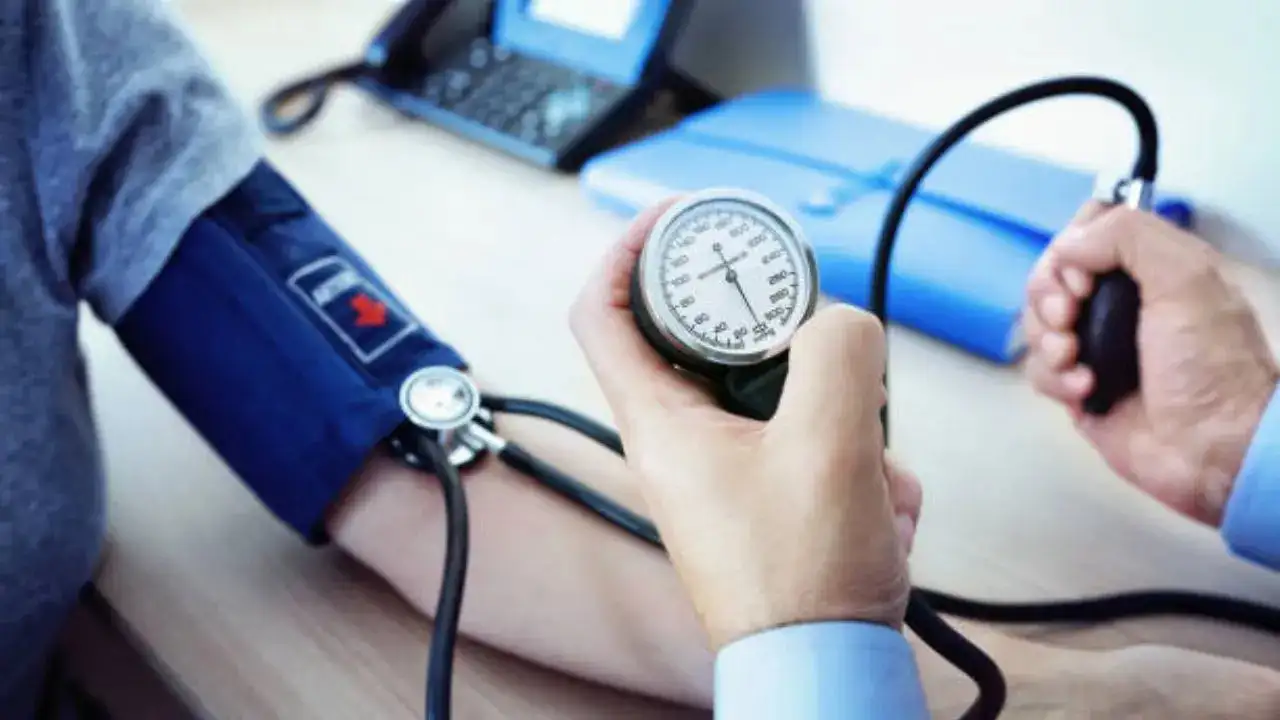
Wrongly positioned arm can tip a person’s blood pressure reading from “elevated” into the dangerous “stage 2” category
High blood pressure is among the worst conditions anyone can endure. Not only can it drive you to heart attacks and strokes, but a routine test can also be surprisingly fragile. According to experts, two inches of arm drift can be enough to nudge the reading into the danger zone.
A recent trial at Johns Hopkins shows that a patient who lets an arm dangle may appear up to 7 millimetres of mercury higher than one whose arm rests on the exam room desk. Scientists say that the difference can tip a person’s blood pressure reading from “elevated” into the dangerous “stage 2” category.
How was the study conducted?
To mimic real checkup conditions, researchers asked each participant to walk for two minutes before every blood pressure reading. Then they rested for five minutes in a quiet room, seated with their back and feet supported.
Each person went through four rounds of triplicate measurements using different arm positions. By repeating the desk-supported reading at the end, the team accounted for natural blood pressure shifts over time.
Experts said mostly, patients – whenever they go to get their blood pressure examined – hold their own arms or sit on exam tables without support. These shortcuts might seem minor at the moment, but repeated over time, they add up. Misreadings can creep into charts, shape diagnoses, and affect treatment plans that last for years. “If you are consistently measuring blood pressure with an unsupported arm, and that gives you an overestimated BP of 6.5 mmHg, that’s a potential difference between a systolic BP of 123 and 130,” warned Dr Sherry Liu.
What is the best position to have your blood pressure taken?
According to researchers, blood pressure taken while a person’s arm is resting on a hard surface such as a desk or armchair produces the most accurate readings. If your actual top number on a blood pressure reading is 115 - an incorrect arm position could increase that mark to more than 120, pushing them further. Also, if your actual measurement is 126, a misreading could bump that number above 130 and into the category of stage 1 hypertension.
Experts say not only would a person be misdiagnosed with high blood pressure, but they could also be prescribed unnecessary medication.
Why do even small changes in blood pressure matter?
According to doctors, blood pressure measures the total amount of force your blood pushes across the walls of your arteries. The top, or systolic, number indicates the pressure on the artery walls as your heart beats. The bottom, or diastolic, number determines the pressure when your heart rests between beats.
When taking blood pressure measurements, you must:
- Not consume caffeine
- Not smoke
- Do not exercise for at least 30 minutes before
- Do not position a blood pressure cuff on the upper arm at mid-heart level
- Do not place feet flat on the floor with the back supported
